A fossil book
/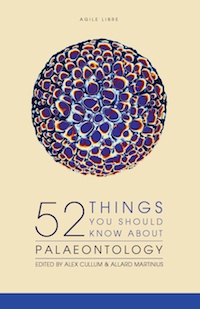 We're proud to announce the latest book from Agile Libre. Woot!
We're proud to announce the latest book from Agile Libre. Woot!
I can't take a lot of credit for this book... The idea came from 52 Things stalwart Alex Cullum, a biostratigrapher I met at Statoil in Stavanger in my first proper job. A fellow Brit, he has a profound enthusiasm for all things outside, and for writing and publishing. With able help from Allard Martinius, also a Statoil scientist and a 52 Things author from the Geology book, Alex generously undertook the task of inviting dozens of awesome palaeontologists, biostratigraphers, palynologists, and palaeobotanists from all over the world, and keeping in touch as the essays came in. Kara and I took care of the fiddly bits, and now it's all nearly done. It is super-exciting. Just check out some of the titles:
- A trace fossil primer by Dirk Knaust
- Bioastronomy by Simon Conway Morris
- Ichnology and the minor phyla by S George Pemberton
- A walk through time by Felix Gradstein
- Can you catch criminals with pollen? by Julia Webb
- Quantitative palaeontology by Ben Sloan
It's a pretty mouthwatering selection, even for someone like me who mostly thinks about seismic these days. There are another 46 like this. I can't wait to read them, and I've read them twice already.
Help a micropalaeontologist
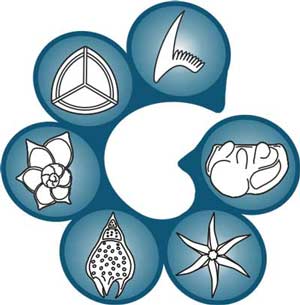 The words in these books are a gift from the authors — 48 of them in this book! — to the community. We cherish the privilege of reading them before anyone else, and of putting them out into the world. We hope they reach far and have impact, inspiring people and starting conversations. But we want these books to give back to the community in other ways too, so from each sale we are again donating to a charity. This time it's the Educational Trust of The Micropalaeontological Society. I read about this initiative in a great piece for Geoscientist by Haydon Bailey, one of our authors: Micropalaeontology under threat!. They need our community's support and I'm excited about donating to them.
The words in these books are a gift from the authors — 48 of them in this book! — to the community. We cherish the privilege of reading them before anyone else, and of putting them out into the world. We hope they reach far and have impact, inspiring people and starting conversations. But we want these books to give back to the community in other ways too, so from each sale we are again donating to a charity. This time it's the Educational Trust of The Micropalaeontological Society. I read about this initiative in a great piece for Geoscientist by Haydon Bailey, one of our authors: Micropalaeontology under threat!. They need our community's support and I'm excited about donating to them.
The book is in the late stages of preparation, and will appear in the flesh in about the middle of November. To make sure you get yours as soon as it's ready, you can pre-order it now.
 Pre-order now from Amazon.com
Pre-order now from Amazon.com
Save almost 25% off the cover price!
It's $14.58 today, but Amazon sets the final price...
 I just found out that it's National Fossil Day in the US today. How's that for a coincidence? Sorry, I mean, how's that for a finely tuned marketing orchestration?
I just found out that it's National Fossil Day in the US today. How's that for a coincidence? Sorry, I mean, how's that for a finely tuned marketing orchestration?
You can follow the NFD action on Twitter.
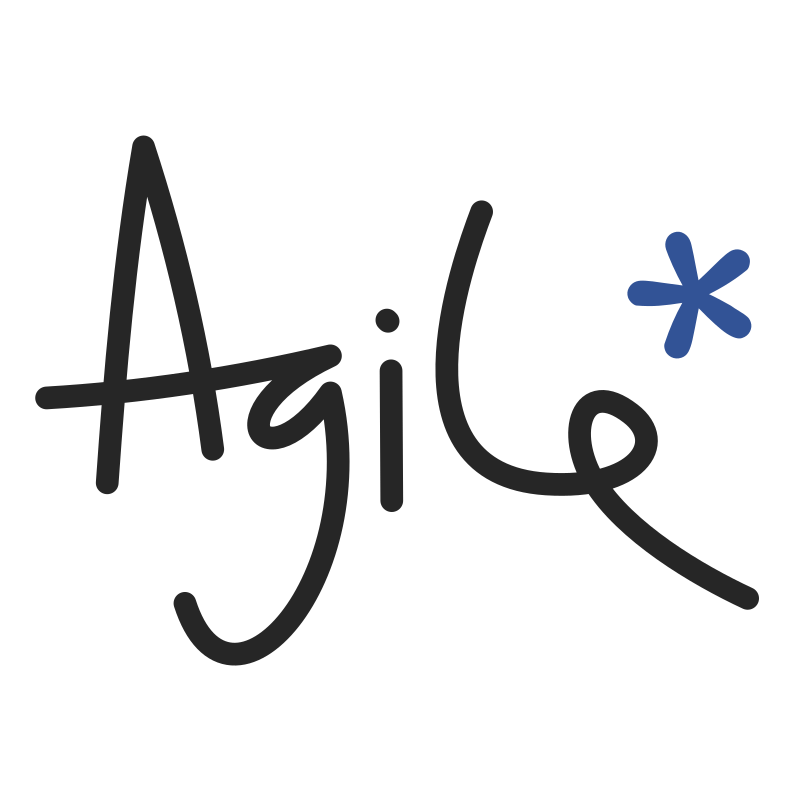






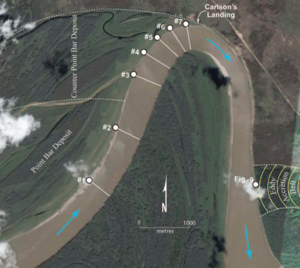




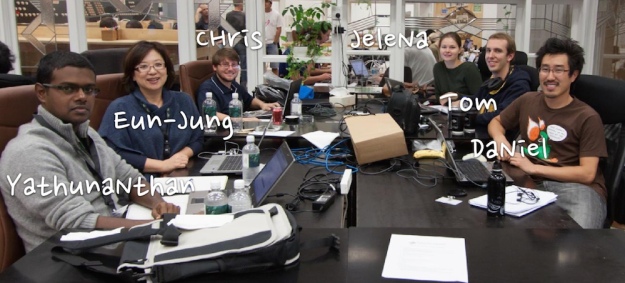
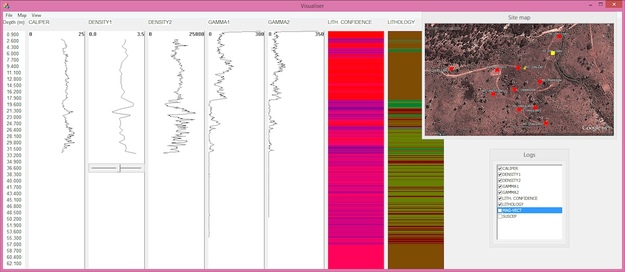

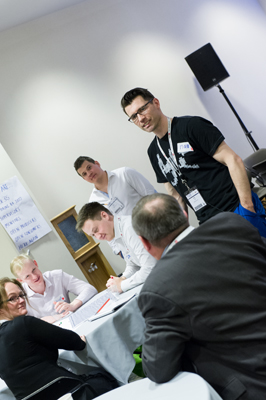

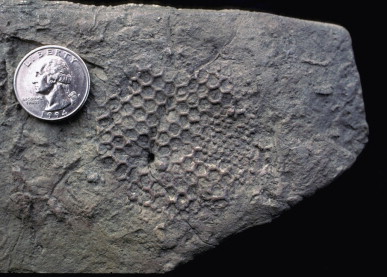
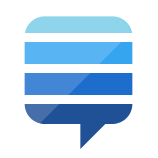
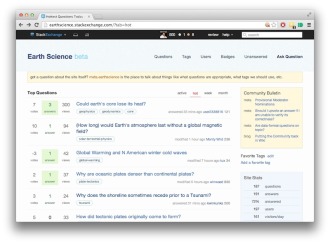
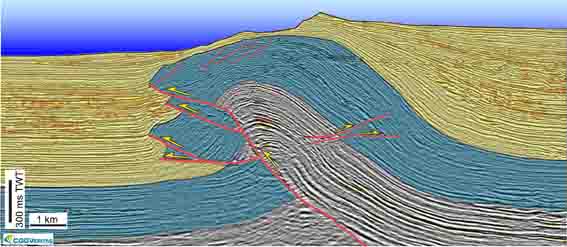
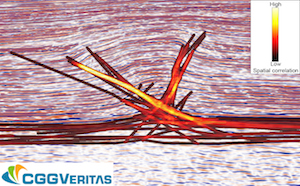
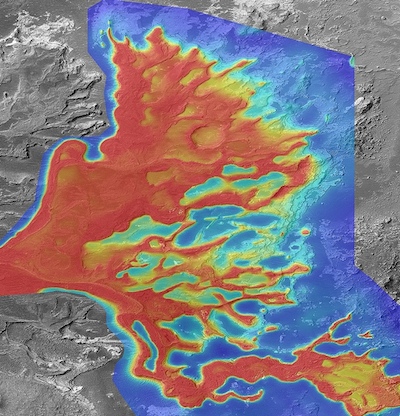



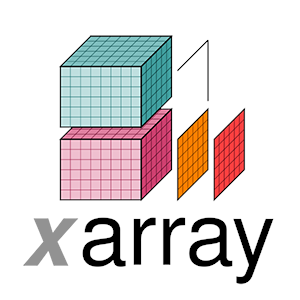

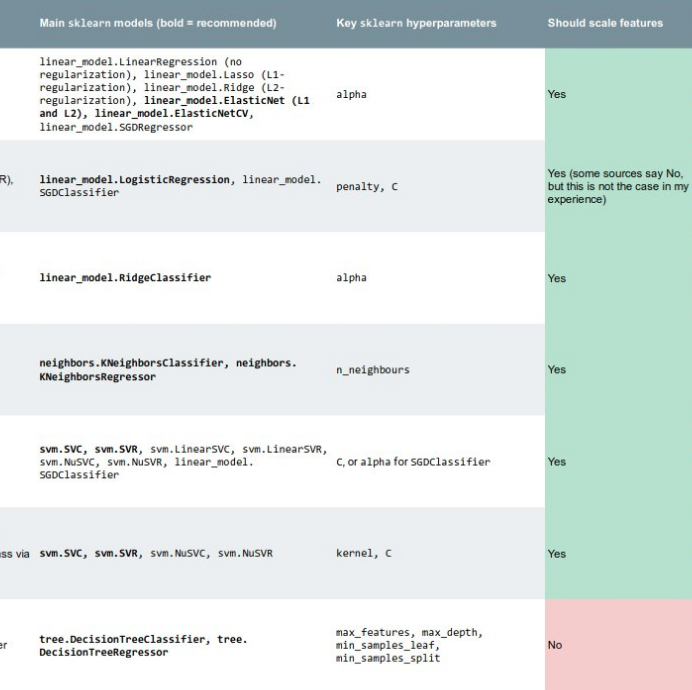

 Except where noted, this content is licensed
Except where noted, this content is licensed